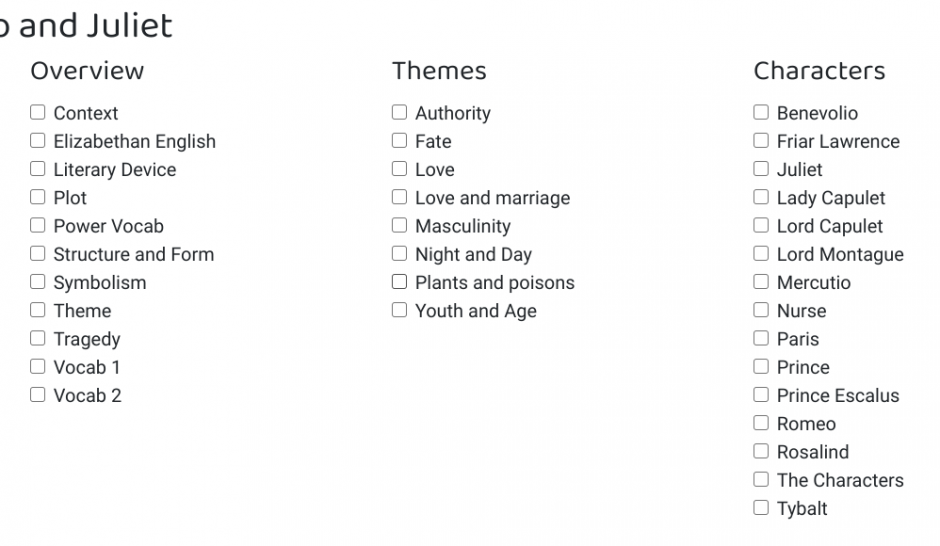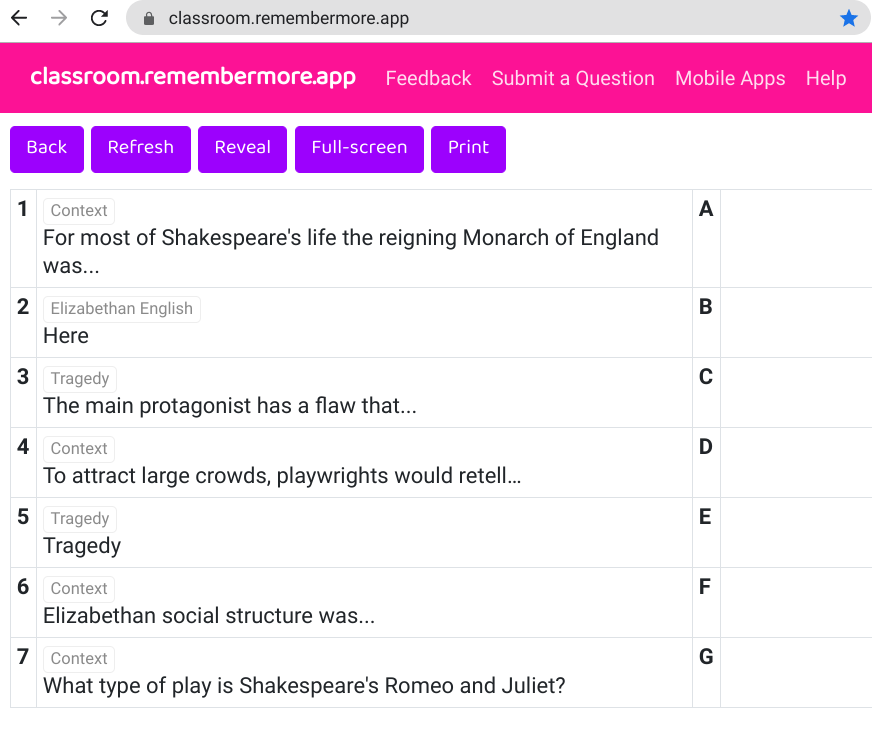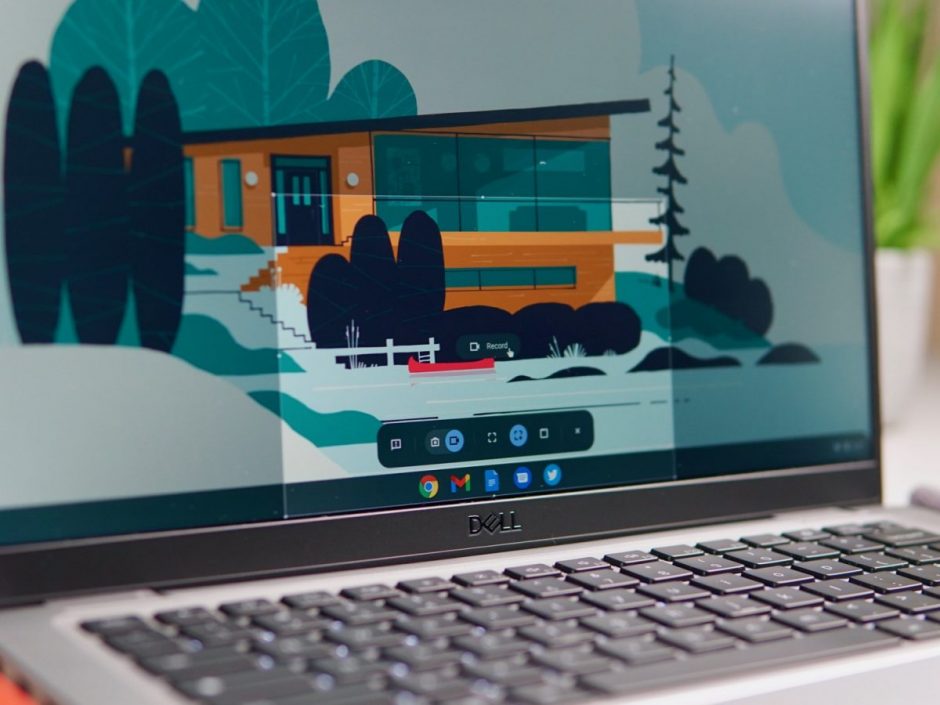Coined by the formation of CogSciSci, a group of teachers and academics interested in the applications of Cognitive Science in education, SLOP stands for ‘Shed Loads of Practice’.
In our current setting, I am sure teachers are weighing up the benefits of teaching new content and re-teaching content AND teaching new content and checking for understanding, relearning or revisiting or consolidating learning.
When investigating ‘expertise,’ the one common factor is a large amount of practice. (No we are not rehashing 10,000 hours). Novices need a large amount of guidance,and examples to understand a concept and of course practice. With practice most effective when blocked together early on.
As proficiency increases, the practice is more effective (long-term) if spaced out into regular small chunks. You may enjoy reading The Power of Successive Relearning – Rawson, Dunlosky & Sciartelli (2013).
What we see in class is performance. What happens over time, or rather what is retained over time, is learning. Beware, your students performance gains are affirming, often misleading, and many I time I have come down with a bump, been left flummoxed, following an assessment point, when I have reviewed or QLA’d (Question Level Analysis) as assessment.
Avoiding the post assessment flummoxed
First – let’s get this out and on the table. SLOP is grafting., requires focused attention and progressive level of desirably difficulty. I would advise not shy away from that.
Two – success adds momentum to motivation (success-motivation-success) – not the other way around. Start small. High success rates. Expand.
Three – the learning is the intrinsic reward for SLOP. Forewarning, knowing there will be some form of review, has potential performance gains for students too.
The type, sequence and mode of SLOP questions depend on the type of knowledge we are trying to impart; is it procedural or declarative / substantive? Substantive or declarative knowledge is the knowledge of facts.
Shed loads of practice, clean direct instruction and Successive Relearning is how you avoid the disappointment and post assessment flummox.
How to remote learning workload
Here I am focusing on the substantive or declarative knowledge for my Year 8 classes studying Romeo and Juliet – (other famous plays are available). Context, Elizabethan English, Literary Devices… Themes and Characters.

The curriculum was designed by an expert English teacher (credit to my colleagues here for that). What to include / exclude and sequenced both within the SOW and the 5 year English curriculum). With a focus on Juliet we were directed to the key scenes, textual references and teaching points and assessment opportunities.
Of course, it requires expertise to categorise and tag the curriculum breadth, it is a complex task and I find myself making minor revisions based on the experience of teaching most lessons or weeks. It requires expertise, as novices making connections, requires the substantive knowledge in the first place. It is, IMHO, one of the reasons Knowledge Organisers (the posh name for lists) and more recently graphic organisers have become popular in education, providing knowledge as the foundations for learning.
If I get the time, I may come back to the more complex substantive knowledge and tasks, such as definitions, theories and short answer questions, using literacy scaffolds, model answers and live modelling.
But here is the rub. Designing SLOP resources can be timing consuming.
So here is an accelerant – Classroom.remembermore.app (CRM – fast, flexible and free)*.
From a teacher workload perspective – CRM website does the heavy lifting. The categorising, tagging and presentation. From an accessibility point of view, it is available in/out of school and that opens up a whole lot more SLOP! Priming, checking, consolidating and revising – all with the direct and indirect learning gains of the “Testing Effect.”
“Does retrieval practice improve Learner learning in school and classroom settings? Based on our literature review, our response for researchers and educators is an unequivocal ‘yes.'” (Agarwal, et al, 2020)
“Retrieval practice consistently benefits Learner learning.” Agarwal, et al, (2020).
“If the eventual goal is to be able to retrieve that knowledge from memory, perhaps practicing retrieval of that information would be a better way to learn. Indeed, retrieval practice is one of the most effective ways of solidifying new knowledge, although this fact is underappreciated by most learners (and teachers),” McDermott (2020).
Retrieval practice not only enhances students’ memory performance in a future test (Roediger & Karpicke, 2006) but also helps them make more accurate predictions about future performances (Ariel & Dunlosky, 2011; King, Zechmeister, & Shaughnessy, 1980).
CRM is flexible, so as a teacher you can freely move around, space and interleave your categorised and tagged curriculum:
- What “we are about to learn” – Priming
- What we learnt yesterday – Successive Relearning
- What we learnt last week, month, term – Retrieval Practice
- Mixing of tags – Interleaving.
Rohrer and Taylor (2007) reported greater performance for those students who learned through interleaving (63% accuracy) compared to blocking (20% accuracy).
- With control over “Spacing.”
As you may well already know, spacing benefits memory recall whilst interleaving enhances inductive learning and later memory retrieval.
CRM is super flexible: How wide a selection? How many prompts? Which mode? How long? Show/hide tags.
So, take Romeo and Juliet, we could have #Tragedy ready for today, #Context from yesterday and a splash of #Elizabethan English from last week.

Refresh the prompts at any point in the class, return to the prompts at any point, at the end of the class, tomorrow… next week, next term, next year even. Set the same or new tags for independent study… whilst you wait for class to start, set up your next remote learning lesson, whilst you support key students.
Ask students to write their answers (overt) or speed things up with covert responses, or mix it up. I like to present the screen as students arrive and set various challenges. Personal scores (students are remarkable honest) and “can we, a a group” shoot down all 7, 10, 15 prompts. And then there is FF – fastest finger. I type a number into the comments box and students respond as fast as they can. I would love to see/hear your innovations.
Classroom will remain open – so SLOP to your hearts content – reduce your workload and avoid the post assessment flummox.
- Have you used classroom? Any feedback or feature requests?
- Do you SLOP in your lesson? If so, what is your favourite SLOP?
RememberMore and Classroom.Remembermore.app is a project I have been working on for a little over a year now. If you would like to contribute or are interested in either Retrieval Practice or Successive Relearning, I’d love to hear from you. As ever, my thanks to all those teachers and students who have supported the project to date.
Rawson, K., Dunlosky, J., & Sciartelli, S. (2013). The Power of Successive Relearning: Improving Performance on Course Exams and Long-Term Retention. Educational Psychology Review, 25(4), 523-548.
Rohrer, Doug & Taylor, Kelli. (2007). The shuffling of mathematics problems improves learning. Instructional Science. 35. 481-498. 10.1007/s11251-007-9015-8.



Pingback: Metacognition summary from Sec-Ed – Edventures